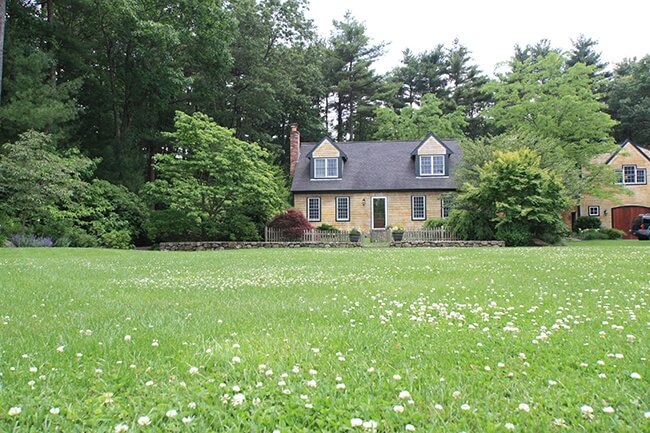Landscape conversation is very common these days. Every homeowner will think about their landscape at some point. Mainstream media and popular DIY movements have worked hard to simplify things. This dialogue mostly seems to draw its inspiration from the construction industry. It integrates design with labor and material to complete a project. A project has a beginning, middle and end.
However, we are often entangled in an evolving, organic system when we deal with our environment. It’s alive! It’s alive! Landscape maintenance and development are about creating a harmonious, beautiful structure that will live for many years and bring joy and beauty to the people who use it.
We’ve forgotten something very important in our rush to get people on board with the landscape movement. The landscape is a living organism with many interconnected segments. Many of these are also living. It is a community! If we don’t make this connection, it is at best creating a false beauty that will quickly fade. Worst of all, we may be causing critical damage that could have severe ripple effects on the environment, financial, and social spheres.
It is important to understand that manipulating the environment outside of our living space can be detrimental to Mother Nature. This does not mean that it is wrong. We just need to recognize that we are playing with the existing ecosystem when we think about developing landscapes. It is not easy to bend Mother Nature. The point is to take full responsibility for the landscape care and development process, and keep the wider environment and potential impacts in consideration.
The solution is to positively manipulate that lifecycle chain, to think about landscape development as a process that has a beginning (growth), a middle (maturity) and then…sustainability… A way to draw out the maturity phase and postpone death as long as possible. The same applies to landscape development. We want to live longer than we do as humans.

